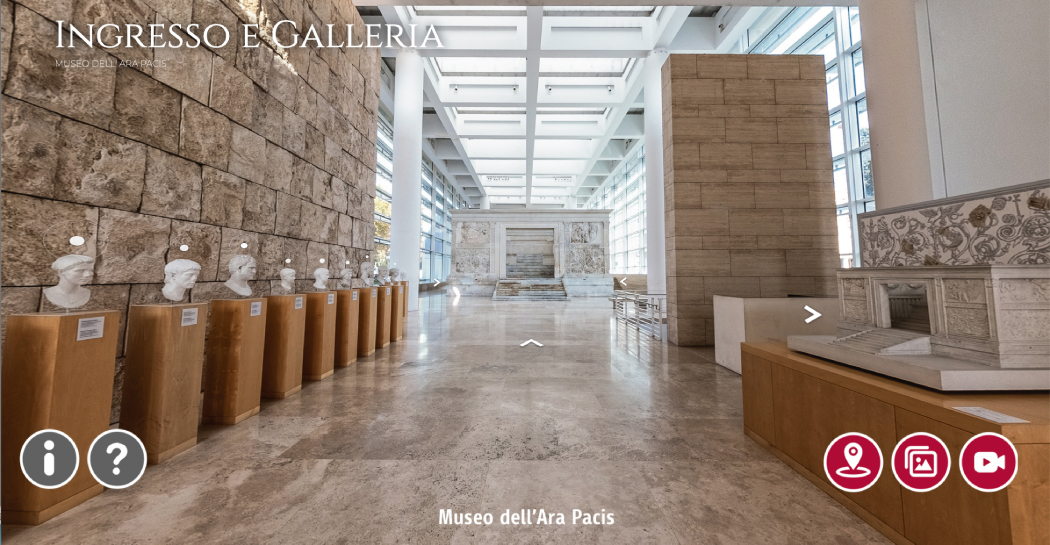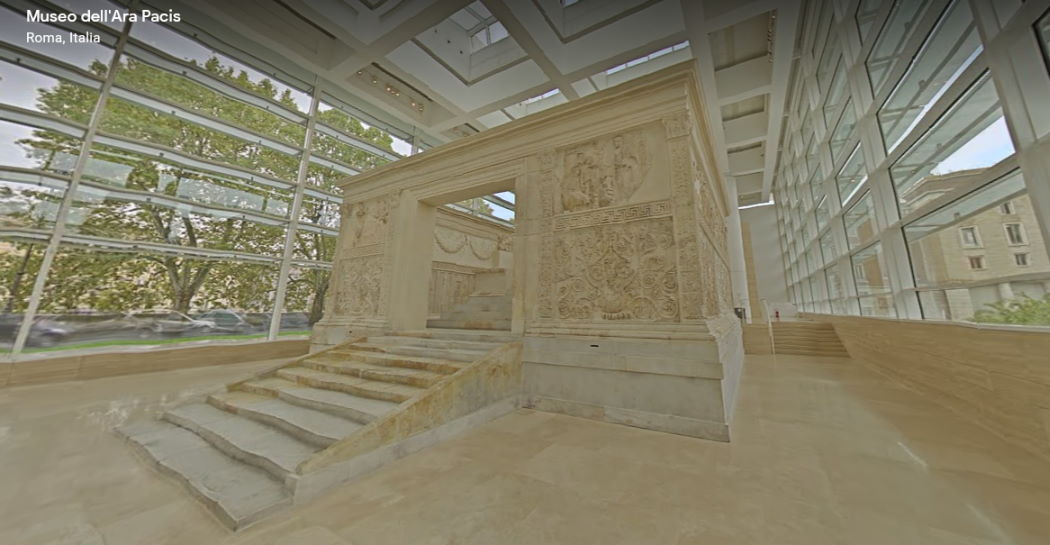Robert Doisneau - Ten photos for ten stories, Video Podcast
Every exhibition is a story. Even more so is this one by Robert Doisneau, in which each photograph encapsulates a universe of moments, sensations, glances, stories, anecdotes.
We have chosen some of them for you. We tell you about them in our Video Podcast series "10 photos for 10 stories".
Robert Doisneau, L'enfer (1952)
A representative of order framed by a 'hellmouth', the entrance to a licentious Parisian cabaret.We start from this somewhat paradoxical image, our tale in 10 images and as many stories, anecdotes, curiosities with which we will make you better acquainted with this refined photographer who liked to call himself, a fisherman.
Robert Doisneau, Le Fox Terrier du Pont des Arts (1953)
Robert Doisneau was great not only at capturing the moment, as great photographers do, but also at inventing it, as great artists do, while giving us the illusion, as great conjurers do, that the photo is the result of chance...
Robert Doisneau, Promenade dominicale (1934)
This image hides a clue to an unsuspected character trait for a 'street photographer': shyness. Would you ever have guessed it? Robert Doisneau initially dared not photograph people (the rolleiflex helped him in this) and yet he had the feeling that he could see them very well...
Robert Doisneau, Les FFI de Ménilmontant (1944)
There is always a shot to which a photographer is particularly attached. For Doisneau it was this one, taken during the summer of '44 while wandering around a Paris that had just been liberated from the Nazis, in days when even a banal stroll could turn out to be anything but.
Robert Doisneau, Mademoiselle Anita (1951)
If all of #Doisneau's work is at bottom a self-portrait, well this photograph - beautiful and melancholic - is doubly so: in the right-hand corner you can see the photographer reflected in the mirror, and you can see him twice because the mirror forms a corner.
Robert Doisneau, Prise de vues publicitaire (1935)
This is a perfect, a little bit ironic and surreal advertising shot. The journey through Doisneau's photography continues with this image from his time at Renault. Take two minutes for yourself, get comfortable and let's get going.
Robert Doisneau, Comtesse Gaëlle et Monsieur Pedro (1950)
Many exhibitions have been dedicated to Doisneau, but this one is different, because the curator, Gabriel Bauret, has scoured the 450,000 negatives in the archive to distil a selection capable of sketching a "full-length" portrait of the artist: so alongside the essential shots there are also little-known photos, such as the one we tell you about today in this new video.
Robert Doisneau, Cafè noir et blanc (1948)
A married couple at a bistro counter. And that is already a story. If we then add a fine director like Doisneau, the image will speak to us on many levels.We invite you to enter this 'Café in black and white' with us.
Robert Doisneau, Blaise Cendrars à Saint Segond (1948)
This photo is the incipit of the friendship between Doisneau and the poet and storyteller, Blaise Cendras. Deeply impressed by the irreverent, anti-academic, immediate, profound shots of a young, little-known photographer, Cendras proposed to him that they produce together the famous book "The banlieu of Paris", which Doisneau himself would call "my most intimate self-portrait".
Robert Doisneau, Baiser de l'hotel de ville (1950)
How is an icon born? Here is the story behind one of the most famous kisses in the history of photography.
Video by I Cammelli







































